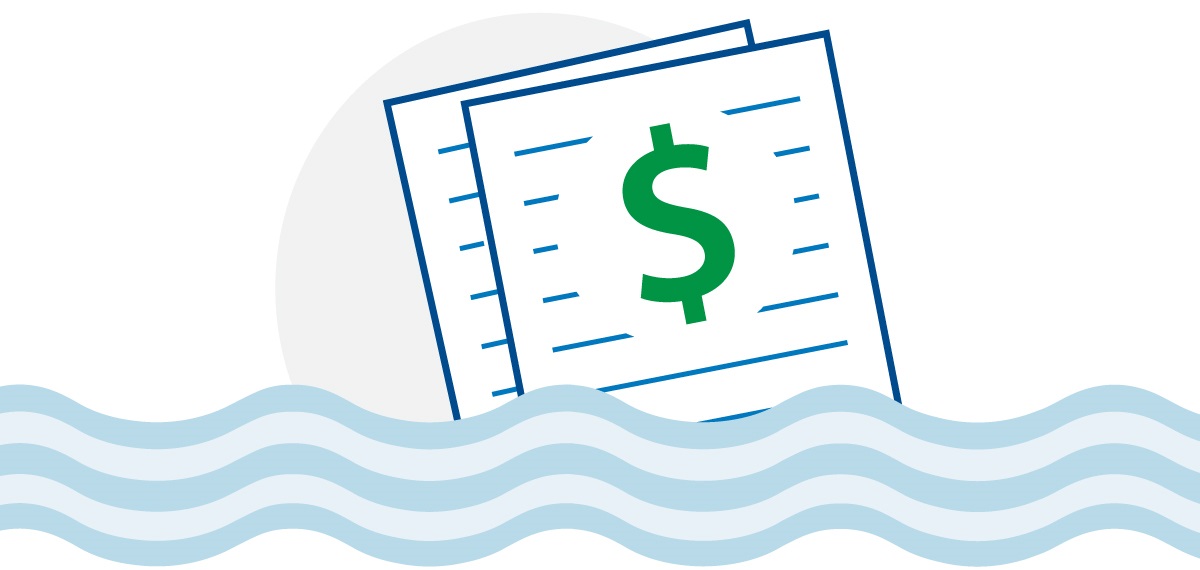
The stormwater utility is a monthly user fee that pays for maintenance, improvements to the stormwater drainage system and other stormwater program activities. This fee is similar to other utility fees for water, sewer, and garbage.
Why are properties in Fort Worth being charged a stormwater fee? Fort Worth is one of the fastest growing cities in the U.S. today, with a population predicted to exceed one million by 2025. This projected growth, coupled with a drainage system that is now decades old, presents new challenges and increased needs in order to control flooding and its impacts. In the past few years, eight people have lost their lives due to flooded roadways and over 300 homes and businesses have suffered major flood damage.
It is estimated that more than $1Billion is needed to mitigate flooding and high-water hazard areas and to improve maintenance. By providing a dedicated source of funds for these vital needs, the stormwater utility fee reduces the burden on city's general revenue bond program and tax revenue funds, and decreases the need for future tax increases.
Who is charged this fee? Owners of developed property in Fort Worth are charged a user fee for stormwater services. This includes residential property owners, businesses, apartment complexes, public facilities, city owned facilities and churches.
How is this fee determined? The stormwater fee is calculated based on the amount of hard surface on your property. If you own a single-family residence, your property is placed in one of four tiers depending on the square footage of your home. The fees effective January 2024 for single-family properties range from $3.31 per month for small homes with limited parking to $13.23 per month for large homes.
Each residence is placed in one of four tiers according to square footage. For example, a 1,600 square foot residential property falls into Tier 2 and is charged $6.61 per month.
|
Low Occupancy Billing Tier
|
Billing Unit – Equivalent Residential Units (ERU)
|
Billing
Basis
|
Monthly Rate, Effective
January 1, 2024
|
|
Tier 1
|
0.5 ERU
|
Up to 1,300 square feet
|
$3.31
|
|
Tier 2
|
1.0 ERU
|
1,300 to 2,475 square feet
|
$6.61
|
|
Tier 3
|
1.5 ERU
|
2,476 to 3,393 square feet
|
$9.92
|
|
Tier 4
|
2.0 ERU
|
3,394+ square feet
|
$13.23
|